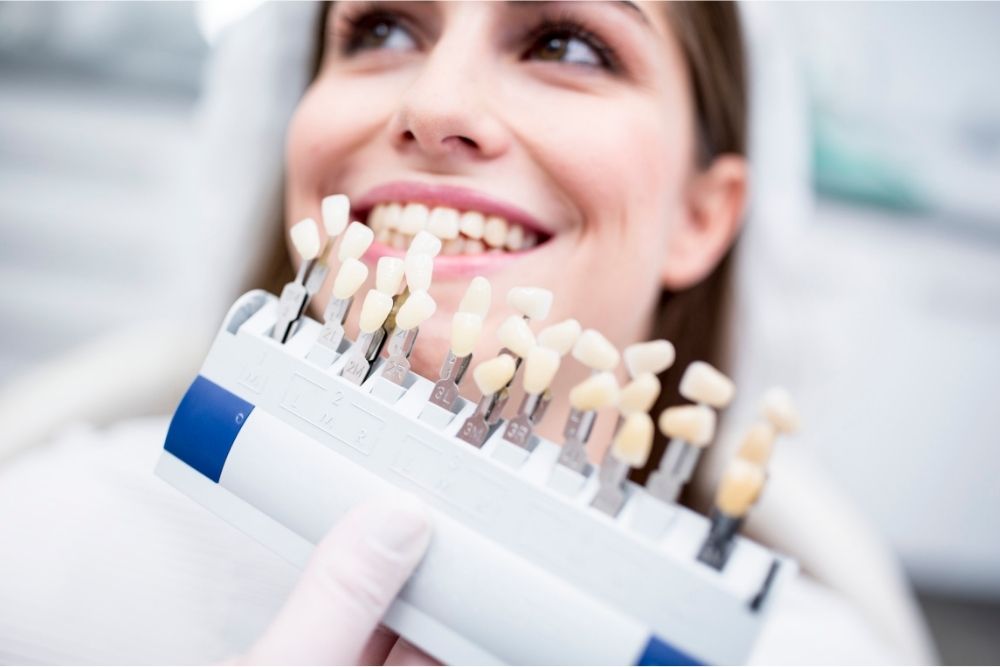Dental veneers and dental bonding have similar uses, such as covering chipping, stains, and gaps in your smile, as well as giving misshapen teeth a new appearance. Both can also protect and cover a tooth’s dark root, if it has been exposed because of gum recession.
So which one does the better job at the best price, how do they compare on durability, and what can they do for your smile that is different from each other?
Bonding consists of tooth-colored composite resin (biocompatible plastic), matched to your natural tooth shade (which is why they are often preferred to fillings for cavities). It is less expensive than veneers, but bonded teeth typically last 3-5 years (though with care, they could be good for as much as 10). That compares with at least 10 years for veneers.
Bonding also stains much more easily than veneers, so it’s important to brush your teeth after eating dark foods or drinking coffee, tea, colored sodas, or red wine. Veneers, however, are not invulnerable, so the same practices are a good idea, as well as stopping or reducing smoking.
Bonding can be placed in a single sitting in the dental chair, which involves some slight etching of the surface of the tooth to adhere it firmly, then hardening with a special light. The process takes about 30 minutes per tooth. If there are many repairs needed, a second visit will be scheduled.
Veneers consist of hard dental porcelain or ceramic material, but they can be chipped or cracked if the patient bites his or her nails, chews on pens or utensils, or uses her teeth to open bags or pull on clothing. Because veneers cannot be whitened, if there is concern about discoloration showing through translucent veneers, a professional whitening from your cosmetic dentist should be done before they are placed.
Even just one veneer, however, requires two visits, since each needs to be custom-crafted by a skilled dental lab to look exactly like a natural tooth that is perfect. Your dentist will first file off a little bit of the enamel, which will enhance the ability of the veneer to stay on the tooth, but also so that the result doesn’t cause your new tooth or teeth to stick out artificially. Then an impression mold is made of the area where it is to be placed and sent to the lab.
To find out whether dental bonding or veneers are the best solution for you, call for an appointment today at Pro Health Dental, cosmetic dentist in Mission Viejo, to have a full dental exam.
Read More From Your Mission Viejo Dentist:


